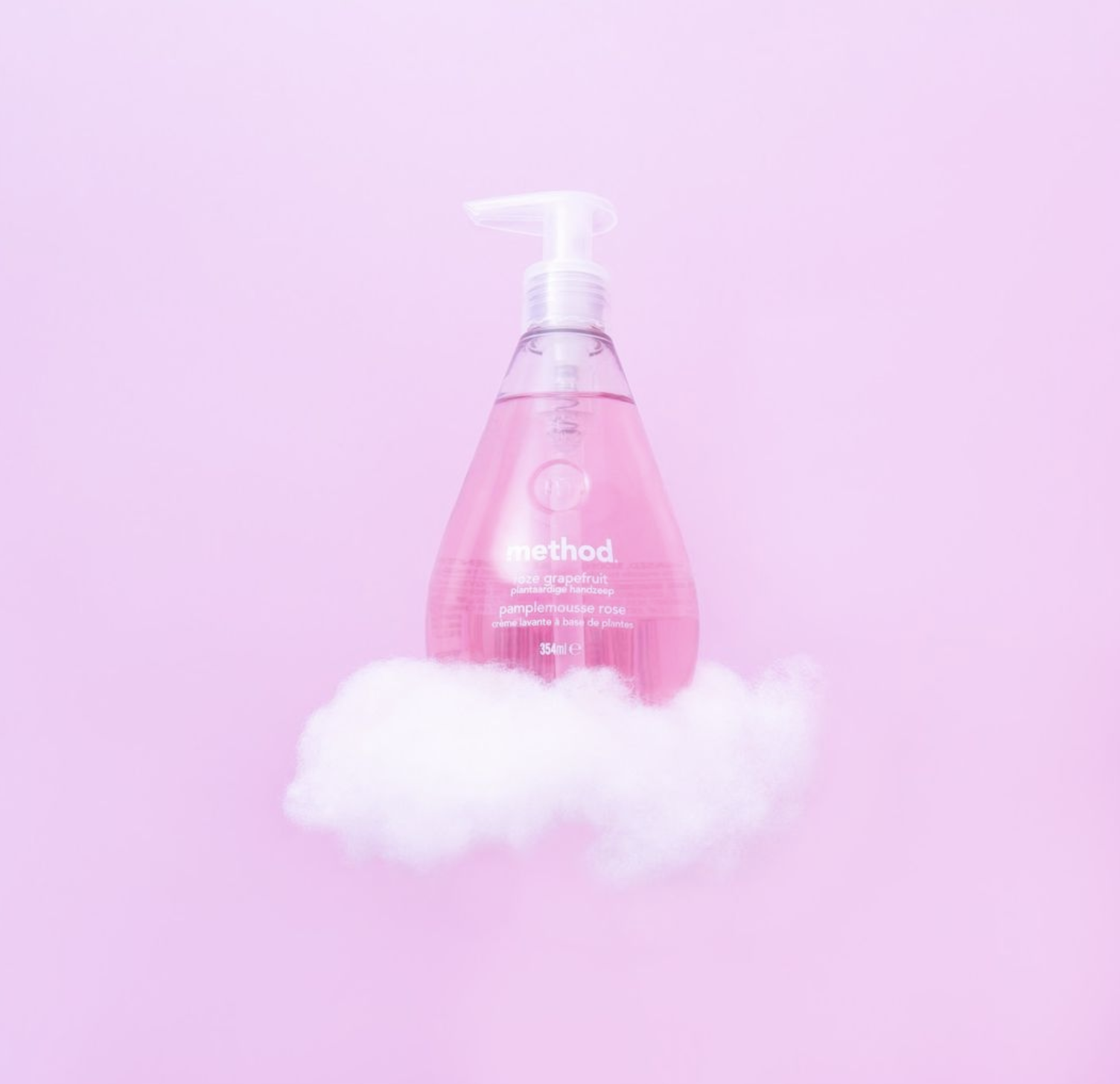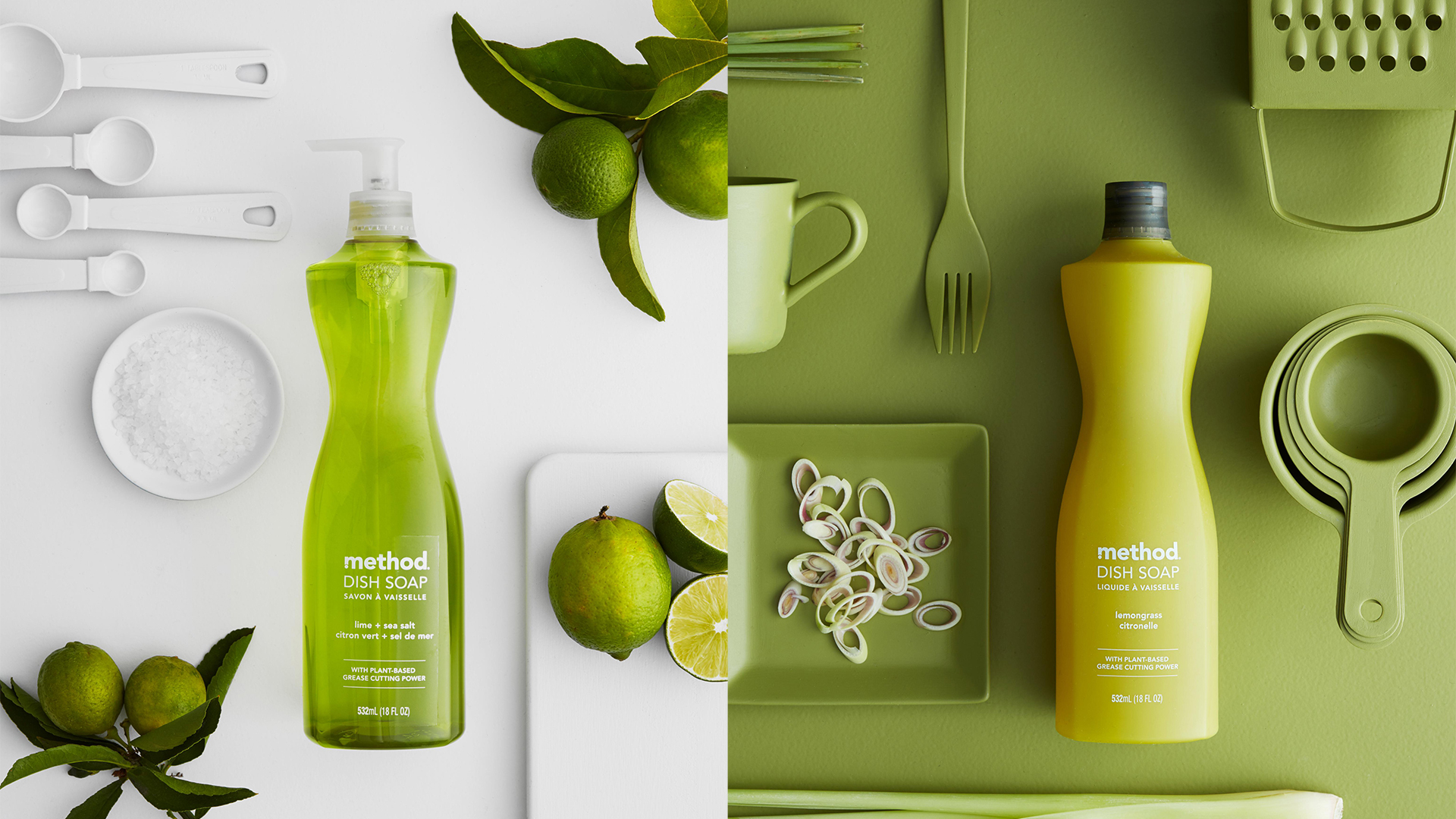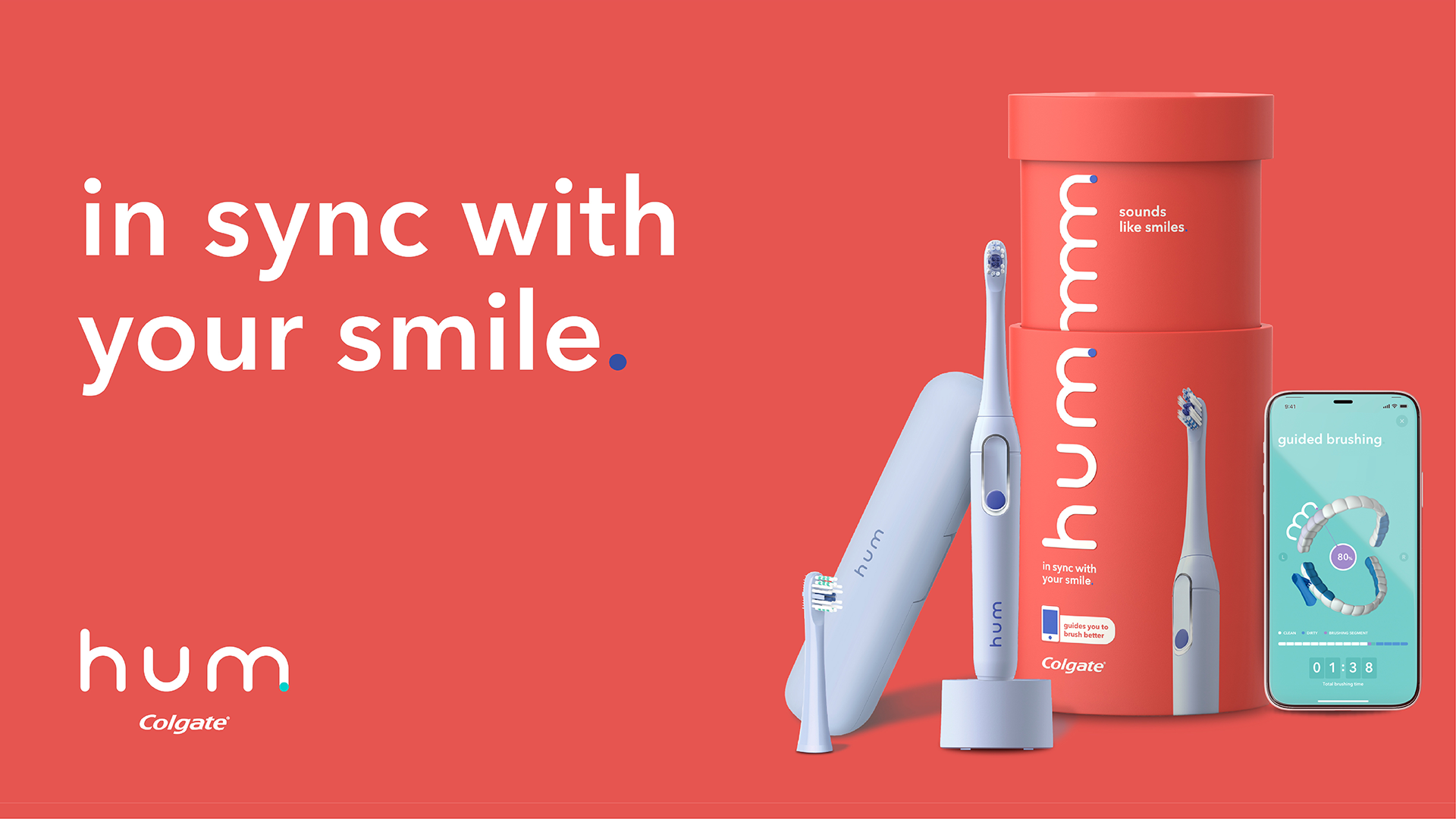Breaking away from information overload in packaging design
First impressions may mean everything, but they don’t have to say everything.
In pursuit of transparency and shelf-appeal, many brands are burying themselves in seals, claims and stickers that ironically confuse and deter shoppers instead. As consumers, we want to know everything we can about the products we’re buying and brands tend to respond with a sea of claims that flaunt quality, benefits, dietary restrictions, process, and seemingly endless reasons to believe.
To truly connect with an audience, a brand needs to present itself in a way that matches the story it’s trying to tell. Before deciding to get lost in the pages of a book, we are often sold on the story by the title and visuals on the cover. Attention grabbing, but not too revealing. It could be that the author’s name alone is trustworthy enough to prompt a purchase. In any case, the cover doesn’t give the content away – it merely draws you in.
As designers, we need to break away from the habit of overloading package designs with information. This doesn’t mean being overly precious, but rather being thoughtful and purposeful with communication. If saying too little makes us fearful of not connecting with consumers, shouldn’t we be equally as worried about saying too much? Finding the perfect balance should be the ultimate goal.
Stake your claim
Effectiveness claims have found a place in all types of consumer-packaged goods, but they have the strongest foothold amongst food and beverage brands. Regulated by trusted third parties, these claims bring brand offerings like ingredients, sourcing and process quite literally to the forefront to help shoppers make simpler decisions. Yet, they’ve created more clutter.
Some of the earliest examples of food packaging claims focused on calories and sodium content of products. Now, nearly 80 years later, organizations like the Food and Drug Administration (FDA) and the World Health Organization (WHO) help regulate the larger expanse of nutritional and functional claims commonly used to market products.
A study by Taste Tomorrow, found that positive claims (e.g. high protein, good source of calcium, lean) are more effective than negative claims (e.g. low fat, no sugar, non-GMO) in the eyes of consumers. It also shows that consumers agree when we say ‘less is more’. According to the same study, any more than two or three claims on packaging leads to consumers feeling confused or overwhelmed.
In other words, if the brand becomes buried by claims and seals, the originality and presence of its product can’t be brought to life. A brand’s unique attributes – color palette, graphic style, typography, use of illustration or photography and tone of voice – should work together to activate the core message and develop emotional connections. It may seem obvious, but prioritization must come into play when designing the front-of-pack versus the back. Otherwise, we risk designing into a sea of sameness with each brand attempting to be louder, faster and better than the next.
Ultimately, trying to say everything often amounts to saying nothing.
Create a story, not a sticker
A client recently put this into words so perfectly by saying “people today are looking for a story, not a sticker.”
Brands that look and behave like the stories they’re trying to tell are four to six times more likely to attract and retain like-minded consumers. With brand purpose being among the most motivating factors to influence purchases today (if not the most), it’s crucial that brands evoke their purpose at every touchpoint.







